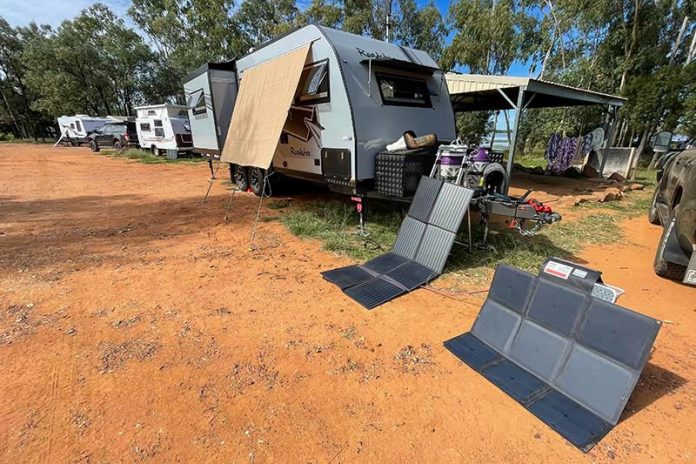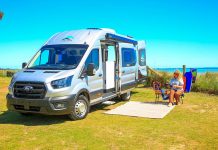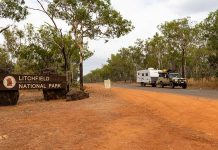If you weren’t already aware, winter is here, and that means the annual northern migration of southerners has begun, with a huge number of us leaving in search of the sun. Unfortunately, I’m not one of you. Instead, I’m stuck here in my home in Wallan, Vic, with the heater going flat-out while I write this yarn. But I have done plenty of caravanning and camping during this time of year. Arguably, it’s the best time to visit the north of the country, with mild temperatures and low humidity. This is the peak season for so many parts of the country.
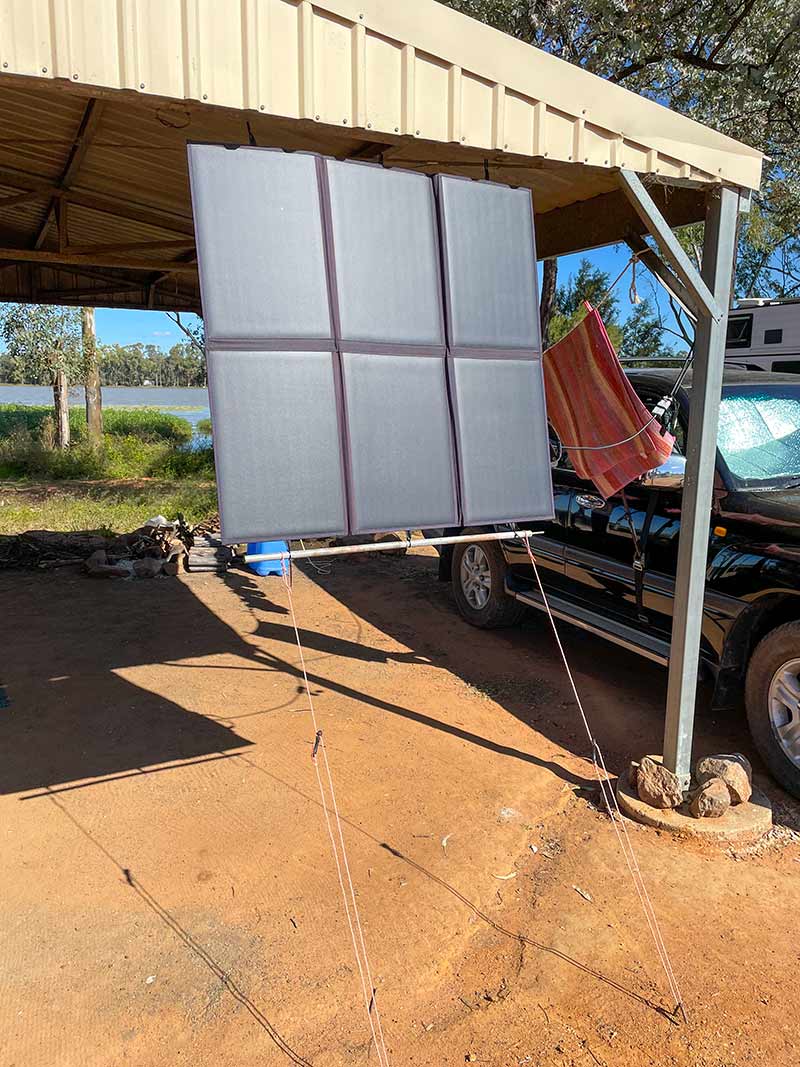
A greater number of travellers this time of year will be in caravans and 4WDs with some amazing electrical setups. I’ve said it before, and I’ll say it again: the developments in recent years in battery and solar technology have made caravanning and camping off-grid so much more civilised than they ever used to be. What’s more, all this development has been accompanied by greater affordability in the technology. It seems everyone with a new caravan or decked-out 4WD is sporting a highly sophisticated and capable electrical system.
However, the caravan and camping groups on social media are still filled with people having issues with their electrical systems keeping up with them. Why is that, and what can be done about it?
Well, we’ve done our fair share of camping during winter, and we’ve gone through many of these issues. Here are our tips for making your solar charging work this winter…
IT’S ALL ABOUT ANGLES
Everyone knows that during winter, the sun is positioned lower in the northern sky. It’s why most solar panel installations are placed on an angle facing north. What many people don’t realise is just how low in the sky that can be, even in the northern parts of the country. Have a look at the picture below. This picture (below) was taken in the middle of the day in the middle of July at Theresa Creek Dam in Queensland. This is located at a higher latitude than the Tropic of Capricorn! Just have a look at how low in the sky the sun is sitting.
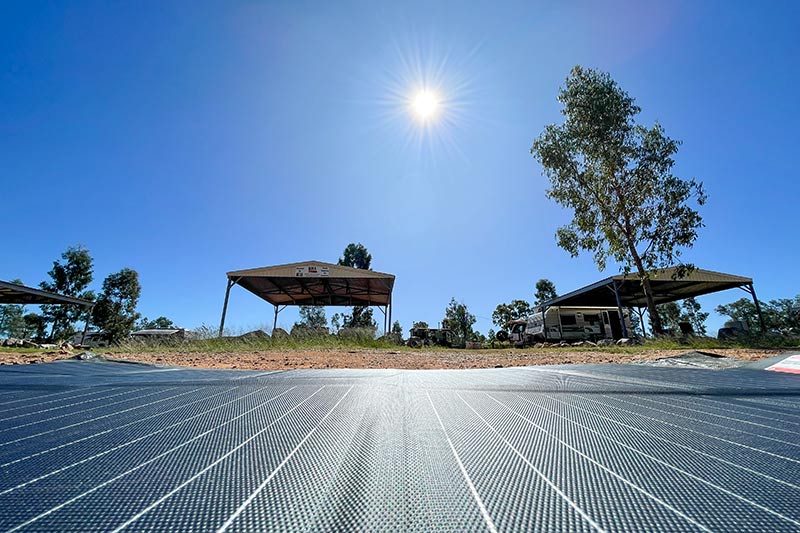
Now, consider that the rating of the solar panels on the roof of your caravan is supposedly based on what they are capable of generating under absolutely ideal conditions. The panels on your caravan’s roof are in the worst possible position. So if you have 300W of panels on your caravan, even in cloudless conditions, they would be lucky to make half of that.
Fortunately, it’s not all bad news. You can dramatically improve your solar charging by utilising an external solar panel that can be placed at an angle facing the sun. We’ve found that even a small 100-200W panel correctly placed, facing the sun, will improve solar charging dramatically.
THE DAYS ARE SHORT
It’s not just the low angle of the sun that is conspiring against you. The number of daylight hours is less during winter. The impact of this on free-camping is profound. Not only do you have a shorter space of time to harvest what little solar energy is available, you’ll be depleting your batteries over a longer period of time than you would in summer, thanks to the longer nights. The more you can do to maximise solar charging in those hours, the better.
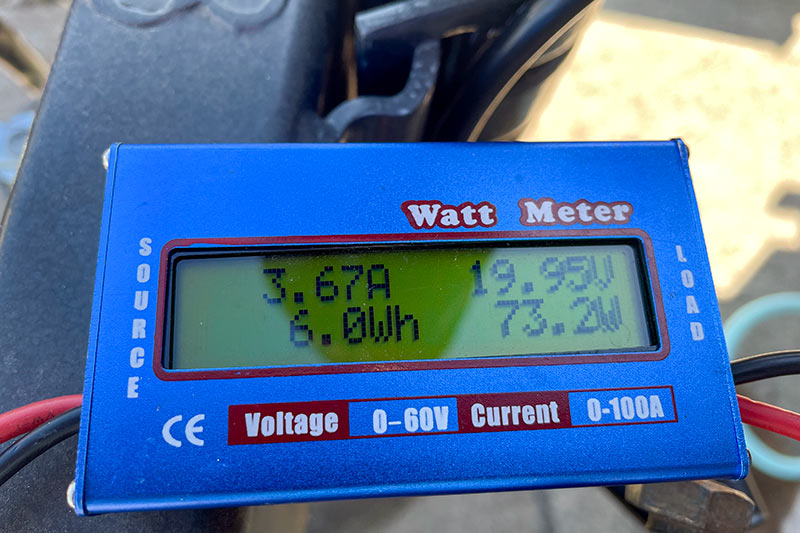
External solar panels come in all shapes and sizes, some very compact and lightweight. If you have the means, we recommend carrying two external panels if you can and moving them to follow the sun in the sky. You only have to do this just three times a day to extract every last bit of available solar energy.
Another thing to consider is that the cooler temperatures of winter work in your favour. Solar panels are at their most efficient when they are cool. We’ve seen our external panels produce higher output during winter, and, in the case of our Redarc panels, they can exceed their rated output.
KEEPING YUR SOLAR PANELS CLEAN
It stands to reason that keeping your solar panels clean will improve their efficiency, but how many people make the effort to clean them? Rooftop panels are particularly susceptible to the accumulation of dust but, surprisingly, this doesn’t affect solar harvesting as much as you might think.
Depending on the quality and type of panels you have fitted to your caravan, something as simple as a couple of large leaves resting on the surface of a panel can be enough to reduce its efficiency by a noticeable margin. As we discussed earlier, rooftop panels are already struggling this time of year without having to contend with a bit of dirt and debris.
KEEP YOUR VOLTAGES CONSISTENT
Here’s a fact about solar panels you may not know. While it is technically possible, it is generally not recommended to connect solar panels with differing voltages. It can have a detrimental effect on their combined performance and efficiency. This is important given that many caravans have the ability to connect external solar panels. Most of these would be wired in parallel with the rooftop panels. So, if you connect an external panel with a different voltage to the ones on the roof, you may not get the best performance out of the combination.
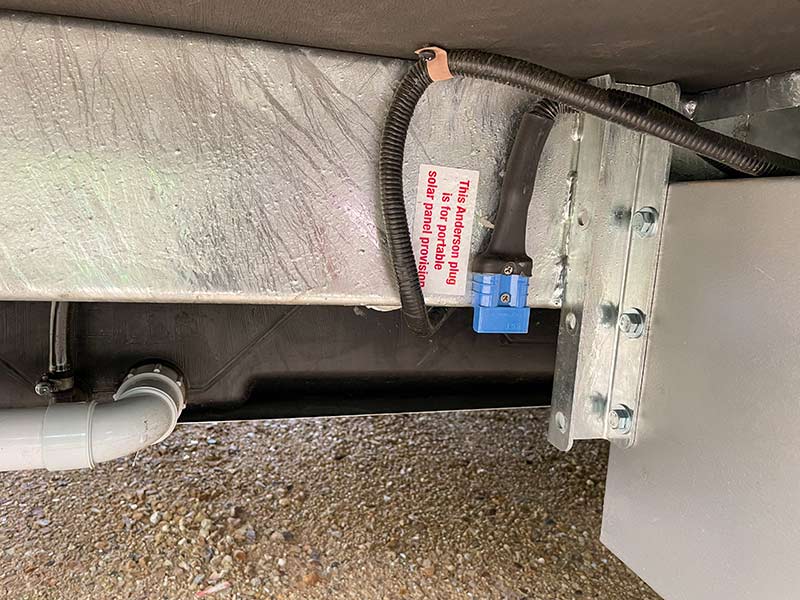
Fortunately, it is a very easy situation to avoid. Before you purchase an external panel to take with you, check the specifications of your rooftop panels. Pay specific attention to the VoC or Open Circuit Voltage of those panels and ensure any external panel you purchase has the same, or very similar, VoC rating.
If you don’t want to be bothered by this, the best option is to fit a second solar controller to your RV’s electrical system, specifically for connecting external solar panels.
A POOR MAN PAYS TWICE
You’ve heard the expression ‘you get what you pay for’. Well, when it comes to solar panels, this is true. It amazes me that in a country like Australia, with very strict consumer protection laws, that many solar panel manufacturers/retailers can sell panels with a wattage rating they have no hope of ever achieving, even under seemingly perfect conditions.
The problem is normally associated with cheap solar panels purchased from online retailers. That doesn’t mean some name brands don’t suffer the same issue. It may not be quite so bad.

To illustrate the point, I compared two 300W solar blankets under the same conditions. One was made by Redarc, and the other was a relatively unknown brand here in Australia. The price difference was considerable, but so was the performance.
The Redarc blanket consistently produced double the wattage of the cheap panel, and it was less affected by shadows or partial cloud cover. It was a very clear demonstration of the value in purchasing a brand-name solar panel, especially for free-camping in the winter months.
ONE FINAL PIECE OF ADVICE
All of the tips we’ve described here will go a long way to ensuring you can maximise solar charging when travelling this winter. That said, there will always be days when the weather won’t play ball and you may not get enough solar to recharge your batteries for the day. Don’t despair.
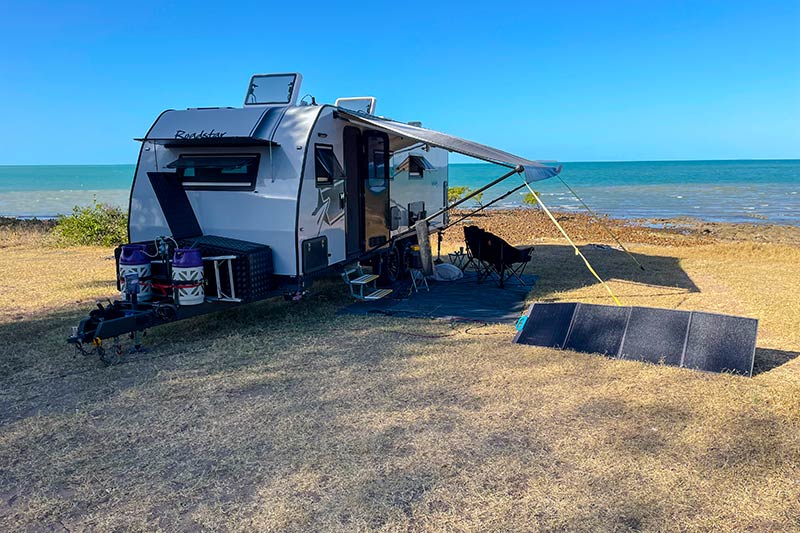
I believe we tend to obsess too much about the need to fully recharge our batteries each day, but it simply isn’t necessary. With most new caravans being fitted with sophisticated battery management systems and lithium batteries, repeated partial recharging is not a problem anymore.
Sit back, enjoy your holiday and resist the urge to check your battery’s state of charge every hour. You’ve got better things to do.
Safe travels.


